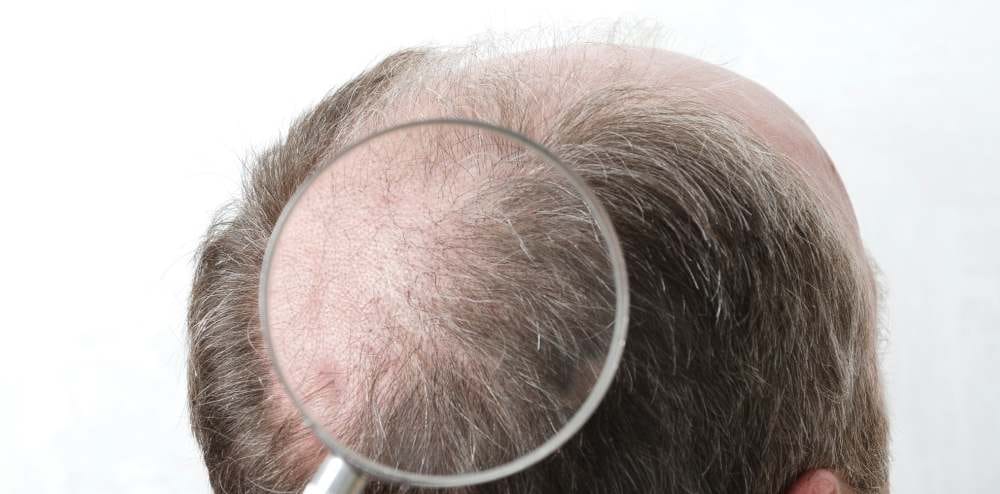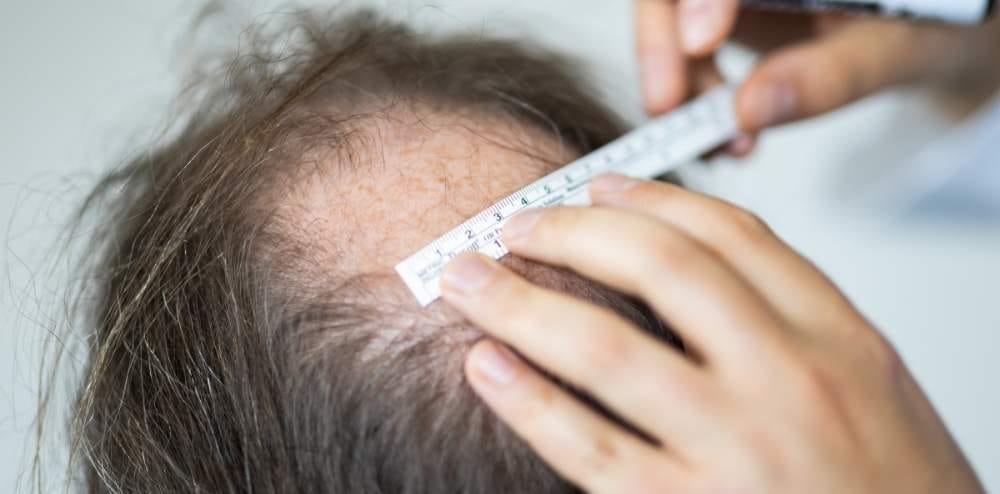Hair transplantation has undergone significant transformations over the years. Advances in medical technology have not only made the procedures far more effective but also refined, at least in minimizing scarring. Many people are turned off by the prospect of noticeable scars associated with hair transplantation. However, in the most recent methods, namely Follicular Unit Extraction and Direct Hair Implantation, it is quite possible to have very minimal, if not no scarring at all, from the result.
In this blog, we will be discussing how FUE and DHI work in terms of minimizing scarring and why these two techniques changed the hair restoration field.
Understanding Traditional Hair Transplant Scarring
Before FUE and DHI were developed, the most prevalent method of hair transplantation was Follicular Unit Transplantation, commonly referred to as the strip method. FUT is effective more or less in a great number of cases. However, it entails the removal of skin with hair from the back of the scalp. It creates a linear scar, mostly hidden by surrounding hair, which can become visible if a patient has his hair cut short.
How FUE Minimizes Scarring
FUE is the more recent and less invasive hair transplantation technique. It has certainly made a revolution in hair transplantation in that it does not involve the taking of a big strip of skin compared to FUT. Hair follicles are individually extracted from the donor area-the back and side surfaces of the head in most instances-using a highly specialized punch tool, and later these follicles are then transferred into the recipient site where hair loss has occurred.
Because FUE pulls out the individual follicles, it leaves only very minute, dot-like scars from where the hair is taken. These minute scars are practically unnoticeable by the human naked eye, particularly after the hair in the donor area grows back. Most patients can cut their hair short or even shave their head without worrying about visible scarring.
Besides that, the recuperation rate for FUE is higher compared to other traditional techniques. Thus, patients can be assured of having less discomfort and speedy recovery; hence, this technique is best suited for patients who desire a minimally invasive procedure with fewer visible after-effects.
DHI: A Step Beyond FUE
DHI is the newer version of FUE and just a step further in precision. Just like FUE, DHI involves the extraction of hair follicles individually from the donor area; however, at the implantation step, it becomes more refined. In DHI, the recipient area receives direct implantation by the use of a pen-like tool known as the Choi Implanter Pen.
This will give even more natural results, since this tool allows for more control over the angle, direction, and depth of the implanted follicles. One of the great advantages to DHI is that it involves no pre-made incisions or slits in the recipient area-reducing trauma to the scalp and thus minimal risk of scarring.
Because DHI is so detailed, it also allows surgeons to densely fill the recipient area with hair follicles, thus giving way to a fuller and more natural look of the hairline. With minimal trauma experienced by both the donor and recipient areas, there is even less scarring and faster healing than that found with FUE.
Who Benefits Most from FUE and DHI?
Both FUE and DHI are excellent choices for individuals who are worried about the possibility of visible scarring. These techniques will work particularly well in people who like to keep their hair short, do not want to have a linear scar from the traditional FUT method, lead active lifestyles with consequently shorter recovery times, and want highly natural results without running the risk of noticeable scarring.
While FUE can be applied to most candidates for hair transplantation, DHI might be more interesting for people who want a more accurate and dense outcome, especially in the hairline area.
Conclusion
Improvements in hair transplantation methods, like FUE and DHI, have come a long way toward ensuring natural-looking, long-term results with minimal visible scarring. These newer methods offer a much more delicate procedure for anyone fearing scarring, hence allowing one to go back with confidence, cosmetically, devoid of the anxiety of post-surgical signs and scars being recognizable. With shorter recovery periods and ultra-personalized outcomes, FUE and DHI launched hair restoration into another stratosphere and made hair transplantation an increasingly alluring option for people from every walk of life.
If you are considering hair transplantation and are concerned about the possibility of scarring, it is advisable to seek an experienced hair restoration surgeon who can offer the best procedure for your particular case, either FUE or DHI.







